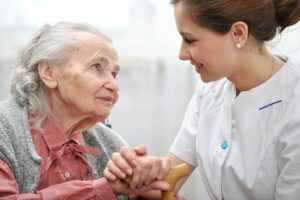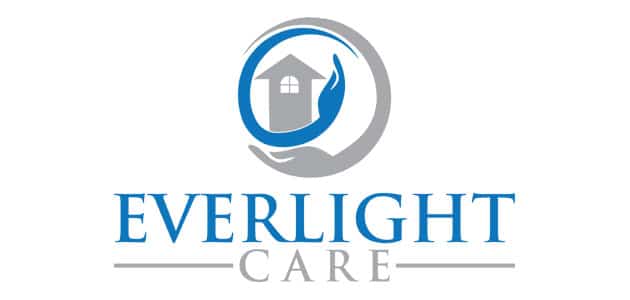In-Home Care for an Elder with Gangrene
Many people think of gangrene as something that is no longer dealt with, especially in a first-world country such as ours. But gangrene can still happen, and often occurs in the elderly who have health conditions and other complications that may lead to gangrene. In-home care aides can assist an elder through this condition.

In-Home Care Clovis CA – In-Home Care for an Elder with Gangrene
Gangrene occurs when a part of the body dies due to a lack of blood supply and no longer receives oxygen. It can also be brought on by a bacterial infection. While it is more common in the extremities of a person’s body (the hands, feet, fingers, and toes), it can often happen to the skin anywhere on the body, or even internal organs such as the gallbladder or intestine. It is a very serious condition that requires immediate attention, so if you suspect your parent may have gangrene, it will be imperative that you or their in-home care provider bring your parent to her doctor as quickly as possible to treat and stop progression of this condition.
In-Home Care Aides can Help with the Awareness of this Condition
Gangrene doesn’t usually just randomly happen, there are often other circumstances or risk factors that are taking place in your parent’s health or lifestyle that may increase the likelihood of gangrene developing after an injury or illness. If your parent has any of these risk factors, you, your parent, and her in-home care provider will want to be aware of the signs of gangrene and be observant of them, especially in parts of your parent’s body that she may have trouble seeing (such as the bottom of her feet).
Risk Factors of Gangrene:
Age. Because the elderly often suffer from some of the conditions listed below, they are more likely to develop gangrene. They are often more likely to ignore the initial symptoms.
Diabetes. People with diabetes struggle to manage their blood sugar levels and having high blood sugar for years (or even decades) can damage blood vessels and decrease the oxygen flow to some of the extremities, making them more susceptible to developing gangrene.
Blood vessel disease. Arteries that have become hardened or narrowed due to a blood vessel disease have a more difficult time delivering oxygen to all parts of the body, increasing the risk of gangrene.
Frostbite. If frostbite is serious enough, it can kill part of the body affected, which then may develop gangrene, especially if your parent already has a condition that increases the likelihood of gangrene.
Serious injury or surgery. The body may go into shock with a serious injury or surgery, cutting off blood flow to an area. If your parent has one occur, you’ll want to keep a close eye on the wound as it heals. If you are not able to check it each day, it would wise to ask your in-home care provider to check it with each visit as well.
Smoking. Smoking can narrow blood vessels and lead to a greater chance of developing gangrene.
Obesity. The stress of extra weight on a person’s body can compress the blood vessels, making it harder for them to deliver oxygen to needed areas of the body making it difficult for the body to heal.
COVID-19. While it’s too new to fully understand what the correlation is, there have been cases of patients who had COVID-19 of developing blood clots and dry gangrene in some of their extremities.
Gangrene is very serious in that it can spread fairly quickly to other parts of the body, risking death and possible amputation. It is especially dangerous in the elderly who often have weakened immune systems. Bring your parent to an immediate appointment if it is suspected.
If you or an aging loved one are considering In-Home Care Services in Clovis CA, please contact the caring staff at Everlight Home Care today. Call us at 559-353-2847.
- April’s Employee of the Month - April 8, 2025
- Some Fun Ways For Your Senior to Celebrate Earth Day - April 1, 2025
- How To Make Sure Your Senior Parent Always Has Enough Food - March 17, 2025

